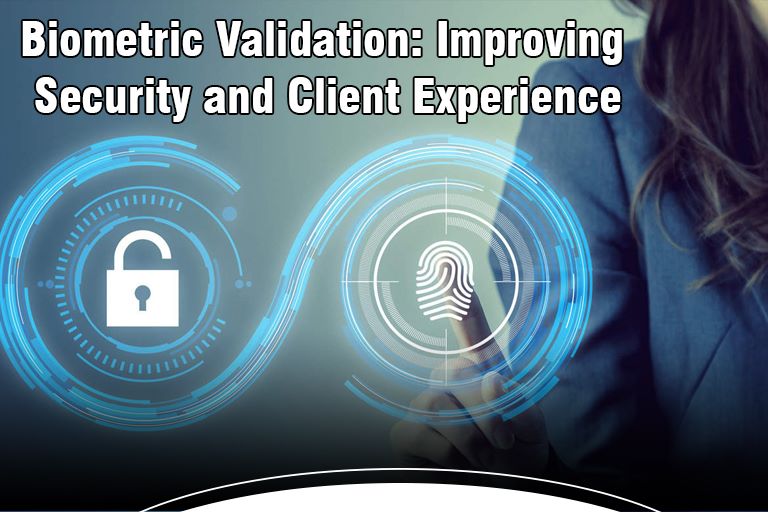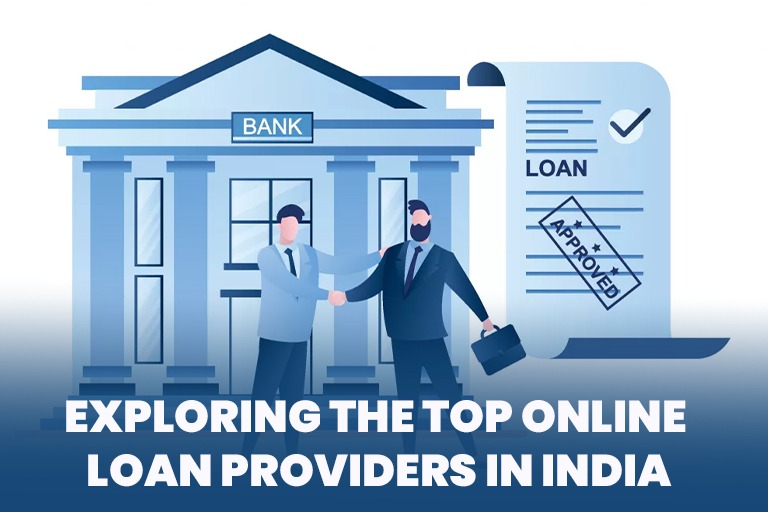In an undeniably advanced world, the requirement for secure and advantageous techniques for verification is a higher priority than at any other time. Conventional secret word-based validation has its limits, as passwords can be effortlessly neglected, taken, or speculated. To address these worries, biometric verification has arisen as a solid arrangement, improving both security and client experience.
1.Enhanced Security:
One of the essential benefits of biometric validation is its elevated degree of safety. Biometric highlights are innately hard to fashion or recreate, making it altogether more moving for unapproved people to get entrance. For example, fingerprints are special to every individual, and it is very hard to duplicate an indistinguishable unique mark, guaranteeing areas of strength for verification.
2.Convenient Client Experience:
Biometric validation further develops security as well as upgrades the client experience by offering a more helpful and consistent method for confirming. With passwords, clients frequently battle to recall complex blends or regularly reset them, prompting dissatisfaction. Biometric verification dispenses with the memorable need passwords, making the login cycle quicker and more easy to use.
3.Versatile Applications:
Biometric confirmation has a large number of uses across different enterprises. It is regularly utilized in cell phones, workstations, and tablets for gadget opening and secure portable installments. Also, it finds broad use in actual access control frameworks, like secure regions in structures or air terminals, where high-security guidelines are fundamental.
4.Addressing Worries:
While biometric validation offers huge advantages, a few worries have been raised concerning security and information insurance. Associations need to embrace strong safety efforts to shield biometric information and follow significant guidelines, like the Overall Information Security Guideline (GDPR) and the California Purchaser Protection Act (CCPA).
5.Improved Extortion Recognition:
Biometric validation frameworks are viable for checking a singular’s way of life as well as succeeding in identifying fake exercises. Since biometric qualities are one of a kind to every individual and challenging to repeat, they give a solid technique to recognize and forestall unapproved access endeavors. For instance, facial acknowledgment calculations can distinguish and signal dubious exercises by contrasting the live face picture and the put-away layout, guaranteeing that main genuine clients get entrance.
6.Continuous Confirmation:
One more benefit of biometric confirmation is its capacity to give persistent verification through a client’s meeting. Not at all like conventional verification techniques that require intermittent re-confirmation, biometric validation frameworks can consistently screen the client’s biometric qualities to guarantee they continue as before. This keeps unapproved people from assuming control over an all-around validated meeting, adding a layer of safety.
7.Multi-Element Validation:
Biometric confirmation can likewise be joined with other verification elements to make a multifaceted validation (MFA) framework, further reinforcing security. By consolidating something the client knows (like a secret phrase) and something the client is (biometric characteristic), associations can carry out a more powerful and dependable verification process. MFA altogether diminishes the gamble of unapproved access regardless of whether one element is compromised.
8.Scalability and Cost-Viability:
Biometric validation frameworks are profoundly adaptable and can take care of huge client populations. Once selected, clients can undoubtedly validate themselves with a straightforward signal or activity, without the requirement for extra equipment tokens or verification gadgets. This versatility makes biometric confirmation a savvy arrangement, as it wipes out the requirement for conveying and overseeing actual tokens or passwords.
9.Accessibility and Inclusivity:
Biometric confirmation frameworks can further develop openness and inclusivity. Conventional validation techniques frequently present difficulties for people with inabilities or individuals who experience issues recalling complex passwords. Biometrics, like finger impression or facial acknowledgment, give an additional open and easy-to-understand elective that obliges different client needs.
10.Ongoing Progressions:
As innovation keeps on progressing, biometric verification frameworks are advancing with further developed exactness, speed, and ease of use. AI and man-made brainpower calculations are being conveyed to upgrade the presentation and dependability of biometric frameworks. These headways are further refining the client experience and reinforcing the security of biometric verification.
11.Fraud Counteraction in Remote and Advanced Exchanges:
Biometric validation gives a successful answer for battling misrepresentation in remote and advanced exchanges. With the rising prevalence of internet shopping, banking, and other advanced exchanges, the gamble of wholesale fraud and deceitful exercises has likewise risen. Biometric verification adds a layer of safety by guaranteeing that the individual starting the exchange is the approved client. For instance, facial acknowledgment or finger impression examination can be utilized to confirm the client’s personality during on-the-web buys or store moves, limiting the gamble of deceitful exchanges.
12.Integration with Arising Advancements:
Biometric validation can be flawlessly incorporated with other arising advances to give improved security and client experience. For example, biometrics can be joined with blockchain innovation to make a decentralized and sealed personality confirmation framework. By utilizing the permanence and straightforwardness of blockchain, biometric information can be safely put away and gotten to just with the client’s assent, guaranteeing security and command over private data.
13.Biometrics in Web of Things (IoT) Gadgets:
As the Web of Things keeps on extending, biometric validation can assume an essential part in getting IoT gadgets and organizations. By executing biometric sensors in shrewd gadgets, clients can partake in a safer and customized insight. For instance, brilliant homes can utilize biometric verification to allow admittance to explicit people, guaranteeing that main approved clients have some control over the gadgets or access to delicate data.
14.Biometric Encryption and Cryptography:
Biometric validation can likewise be joined with encryption and cryptographic strategies to additional improve security. Biometric encryption permits the change of biometric information into a cryptographic key that is utilized to open encoded data. This guarantees that regardless of whether the encoded information is captured, it stays unavailable without the approved client’s biometric input. Biometric cryptography gives an extra layer of insurance for delicate information, making it incredibly provoking for enemies to think twice about.
Conclusion:
Biometric validation offers a convincing answer for improving security and client experience in the present computerized scene. Its capacity to give powerful security, combined with a consistent and helpful client experience, settles on it an optimal decision for associations across different areas. By embracing biometric confirmation, organizations can reinforce their security pose as well as improve client fulfillment and cultivate trust in their administrations. As innovation keeps on progressing, biometric confirmation is ready to assume an undeniably necessary part coming down the line for verification frameworks.
Read more.. Embracing Variety and Consideration: Advantages and Best Practices for Organizations
Read more.. Getting a handle on the Stray pieces of Financial Business areas: Stocks, Bonds, and Products Figured out


